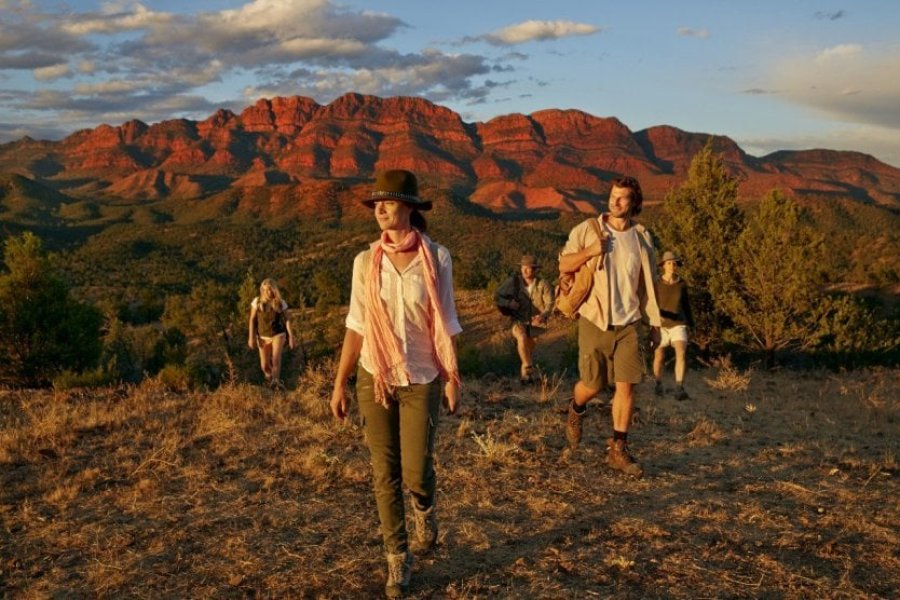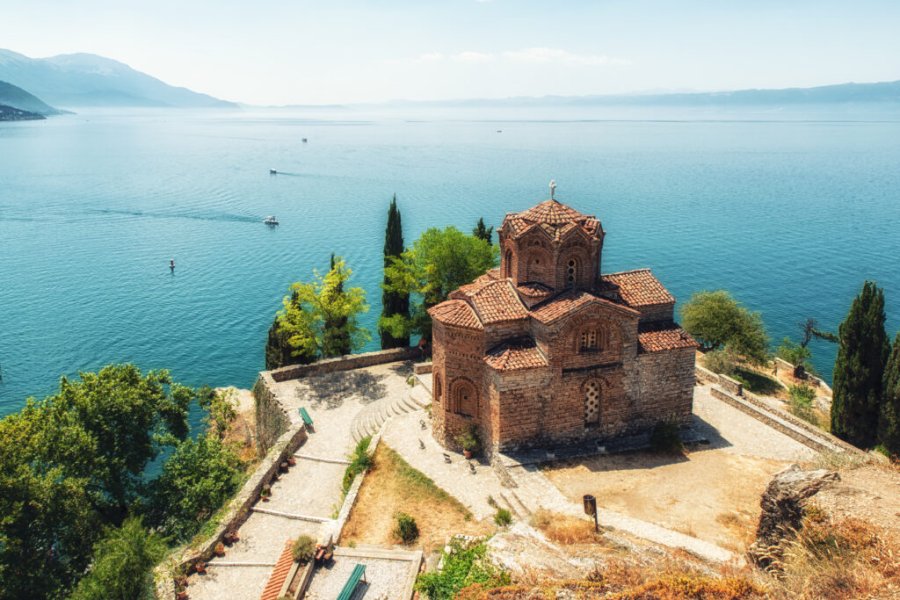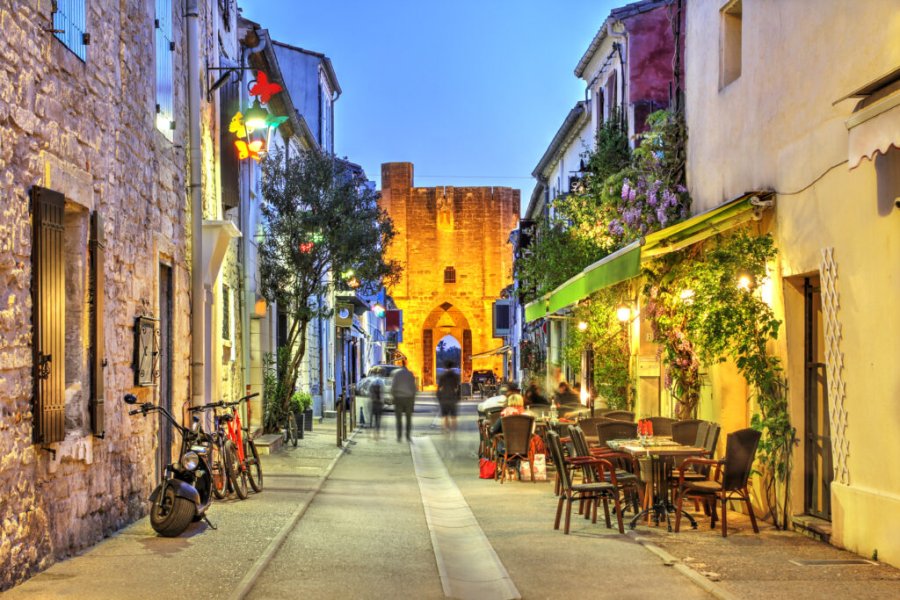Travel Guide Blue And John Crow Mountains National Park
Find an accommodation
Advertising
A name that arouses the imagination... It is because in the early morning, their mamelons appear blue in the vibrant light of the rising sun, and that, some evenings, in the mists of a fine fog, they take on dark blue tones, that they are called the Blue Mountains. The steep mountain range dominates the coastal plain, stretching from Kingston to Port Antonio. Rising 2,256 meters above the city of Kingston and the eastern region, the Blue Mountains are the most spectacular mountainous landscape in Jamaica. They extend over 45 km. Five peaks, John Crow (1,725 m), Saint John's Peak (1,899 m), Mossman's Peak (2,010 m), High Peak (2,043 m) and the highest, Blue Mountain Peak (2,220 m), form the Grand Ridge, the main backbone of this asymmetrical mountain range, visible from almost anywhere on the island. The mountains are covered with thick vegetation, thanks to heavy rainfall feeding numerous waterfalls and rivers; a real gift from heaven also for the coffee plantations and food crops, which develop on the mountainside. Until recently, only a network of narrow mule trails, maintained by farmers to transport their products to the markets of the capital, traversed the mountains. As time passed, the mules were replaced by trucks and many of these trails have now disappeared to be replaced by two main roads, the one leading from Anotto Bay to Kingston and the one leading from Buff Bay to Kingston, via Newcastle. This second road, although long and steep, sometimes difficult, is the most spectacular. Very close to the capital, the Blue Mountains offer possibilities for a day trip or a guided tour over several days. Sometimes you can even stop by late in the day to escape the heat of Kingston and enjoy a cool dinner in restaurants known for their cuisine and views. The Blue Mountains offer multiple trekking possibilities in a region still untouched by tourism. Finally, the less sporty can also discover these wonderful landscapes in a vehicle, preferably an air-conditioned 4x4. The main roads, although a little degraded and very tortuous, are practicable in classic car, each curve revealing in an absolute serenity of spectacular escapes on sumptuous tropical landscapes. This national park, created in 1990, is the only one on the island. It is classified as a Unesco World Heritage Site since 2015, because of its incredible animal and plant diversity. With an area of nearly 500 km², it covers about 4.5% of the country! Of this area, only 26,000 hectares are classified as World Heritage. It is estimated that 40% of the flowers in this area are found nowhere else in the world and that these mountains are home to about 150 bird species and many rare animal species. The John Crow and Blue Mountains National Park now occupies some 80,000 protected acres open to reasonable ecotourism. The main reason for coming here is to climb the Blue Moutain Peak, which reaches an altitude of 2,256 meters, and from which you can see Cuba on a clear day!
Suggested addresses Blue And John Crow Mountains National Park
Weather at the moment
Advertising
Organize your trip with our partners Blue And John Crow Mountains National Park
Transportation
Book your plane tickets
Car Rental
Boat rental
Accommodation & stays
Find a hotel
Holiday rental
Find your campsite
Tailor-made trip
Immersion travel
Services / On site
Activities & visits
Find a doctor
Blue And John Crow Mountains National Park travel inspiration
Find unique Stay Offers with our Partners
Pictures and images Blue And John Crow Mountains National Park
There are currently no photos for this destination.




